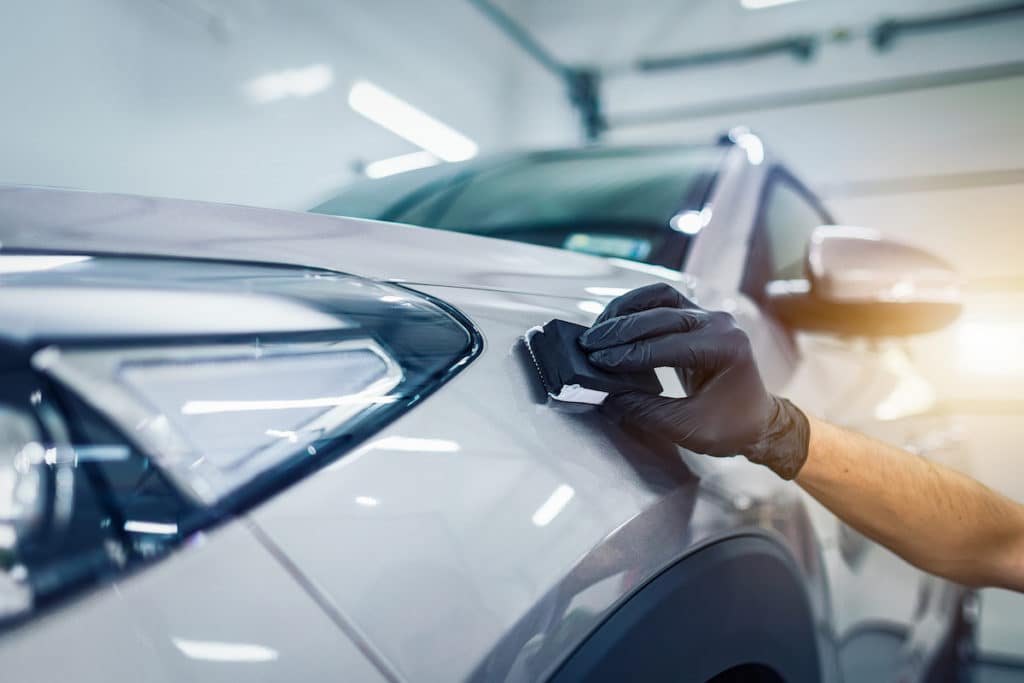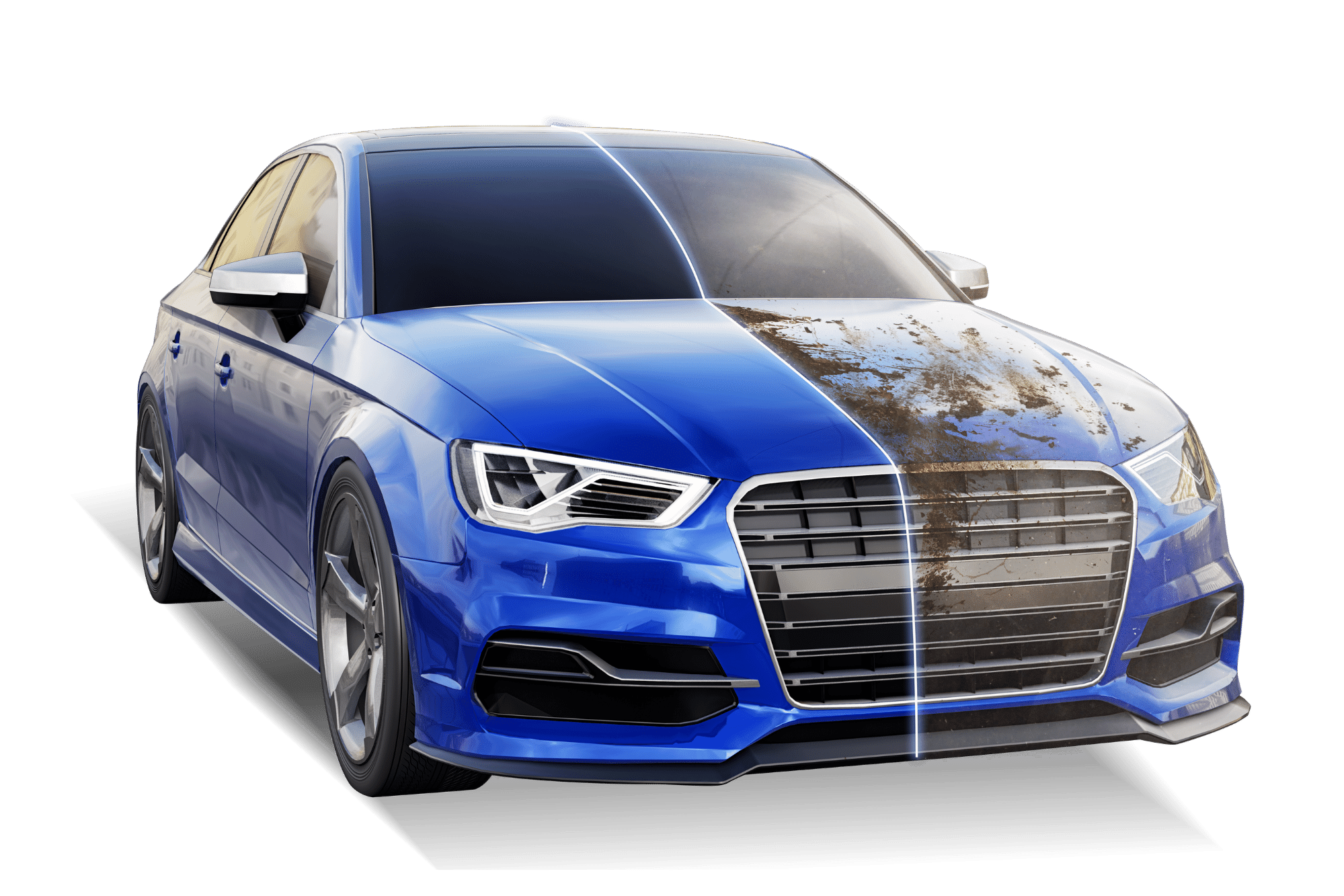A Comprehensive Overview to the Types of Ceramic Finish on the Market
Ceramic coatings have emerged as a critical service throughout numerous sectors due to their one-of-a-kind homes and applications. As we check out the unique qualities and applications of these finishings, the effects for efficiency and long life come to be increasingly obvious, raising questions about which type might ideal match your demands.
Recognizing Ceramic Coatings
Ceramic layers are innovative protective solutions that have actually obtained popularity in different sectors, specifically in automotive and aerospace applications. These finishings contain a fluid polymer that, when cured, develops a resilient, hydrophobic layer externally of the substrate. This layer supplies improved resistance to environmental contaminants, UV radiation, and chemical exposure, therefore extending the life and aesthetic appeal of the underlying product.
The essential part of ceramic layers is silica, which adds to their solidity and longevity. The application procedure typically involves surface area prep work, application of the layer, and healing, which can be achieved with warm or UV light. As soon as treated, ceramic finishes display phenomenal bonding homes, allowing them to stick highly to a range of surface areas, including metals, plastics, and glass.
In enhancement to their protective features, ceramic coatings additionally provide convenience of maintenance. Their hydrophobic nature reduces the adherence of dust and gunk, making cleansing less complex and much less regular. On the whole, the adoption of ceramic layers represents a significant improvement in surface security modern technology, supplying both practical and visual benefits across numerous industries.
Kinds Of Ceramic Coatings
Different kinds of ceramic finishes are available, each made to satisfy details performance demands and applications - Auto Detailing. The most usual types include:
Silica-based Coatings: These layers primarily include silicon dioxide and are understood for their sturdiness and chemical resistance. They are extensively made use of in automotive and industrial applications.
Titanium Dioxide Coatings: Distinguished for their photocatalytic residential or commercial properties, titanium dioxide finishings are typically used in atmospheres where self-cleaning and antifungal homes are desirable, such as in building products and automotive surfaces.
Zirconia Coatings: Characterized by their high-temperature security and thermal resistance, zirconia layers are made use of in applications such as wind turbine engines and high-performance vehicle elements.
Alumina Coatings: Exhibiting excellent solidity and thermal security, alumina finishes are regularly utilized in wear-resistant applications, including reducing tools and industrial machinery. - Paint Protection Film
Hybrid Coatings: Combining the residential or commercial properties of different products, hybrid layers supply improved performance features, making them appropriate for distinct and requiring applications.
Each type of ceramic covering offers distinct functions, allowing individuals to choose one of the most appropriate option based on particular environmental problems and performance requirements.
Benefits of Ceramic Coatings
Ceramic coatings, in certain, offer various advantages that make them increasingly preferred amongst suppliers and customers alike. These layers are resistant to scrapes, chemicals, and UV rays, making sure that the underlying surface area continues to be safeguarded over time.
In addition to longevity, ceramic finishes offer exceptional hydrophobic properties, enabling easy cleansing and upkeep. This water-repellent nature lessens the adherence of dust, grime, and various other pollutants, which can lengthen the visual appeal and functionality of the surface. Additionally, ceramic finishings can substantially enhance thermal resistance, making them ideal for applications that sustain high temperature levels.

Application Process
When applying ceramic finishings, a thorough approach is necessary to attain ideal results. The application procedure commonly starts with comprehensive surface prep work. This entails cleaning, sanitizing, and polishing the surface area to get rid of all impurities, consisting of dust, oil, and prior waxes or sealants. A clean surface makes sure appropriate attachment of the finishing.
As soon as the surface area is prepped, the next action is to apply the ceramic finishing. This can be done using an applicator pad or a microfiber cloth, ensuring also insurance coverage. It is essential to operate in tiny areas to maintain control and stop early treating. The coating ought to be used in thin layers, as thicker applications can bring about uneven coatings.
After application, the finishing needs a details treating time, usually ranging from a couple of hours to a full day, depending on the product. Adhering to these steps diligently will make the most of the efficiency and durability of the ceramic layer, providing a durable protective Visit Website layer for the surface area.
Maintenance and Longevity
To make sure the durability and performance of a ceramic coating, normal maintenance is vital. Ceramic finishes, understood for their toughness and protective high qualities, call for particular treatment routines to optimize their lifespan and performance. The primary step in maintenance entails routine washing with pH-neutral soap, staying clear of extreme chemicals that can deteriorate the finish. It is a good idea to wash the automobile routinely, preferably every 2 weeks, to protect against the build-up of contaminants that can jeopardize the finish's integrity.
In enhancement to regular cleaning, regular assessments are vital. Look for signs of wear or damages, such as hydrophobic buildings decreasing or surface area imperfections. If necessary, a light gloss might be applied to rejuvenate the finishing without removing it away.
Moreover, the application of a booster spray can enhance the finishing's hydrophobic effects and restore its gloss. This is particularly helpful for coverings that have remained in usage for an extended period. Ultimately, by sticking to these maintenance methods, one can substantially prolong the life of a ceramic finishing, making certain that it remains to offer optimal defense against environmental variables and keep the visual appeal of the vehicle.
Final thought
